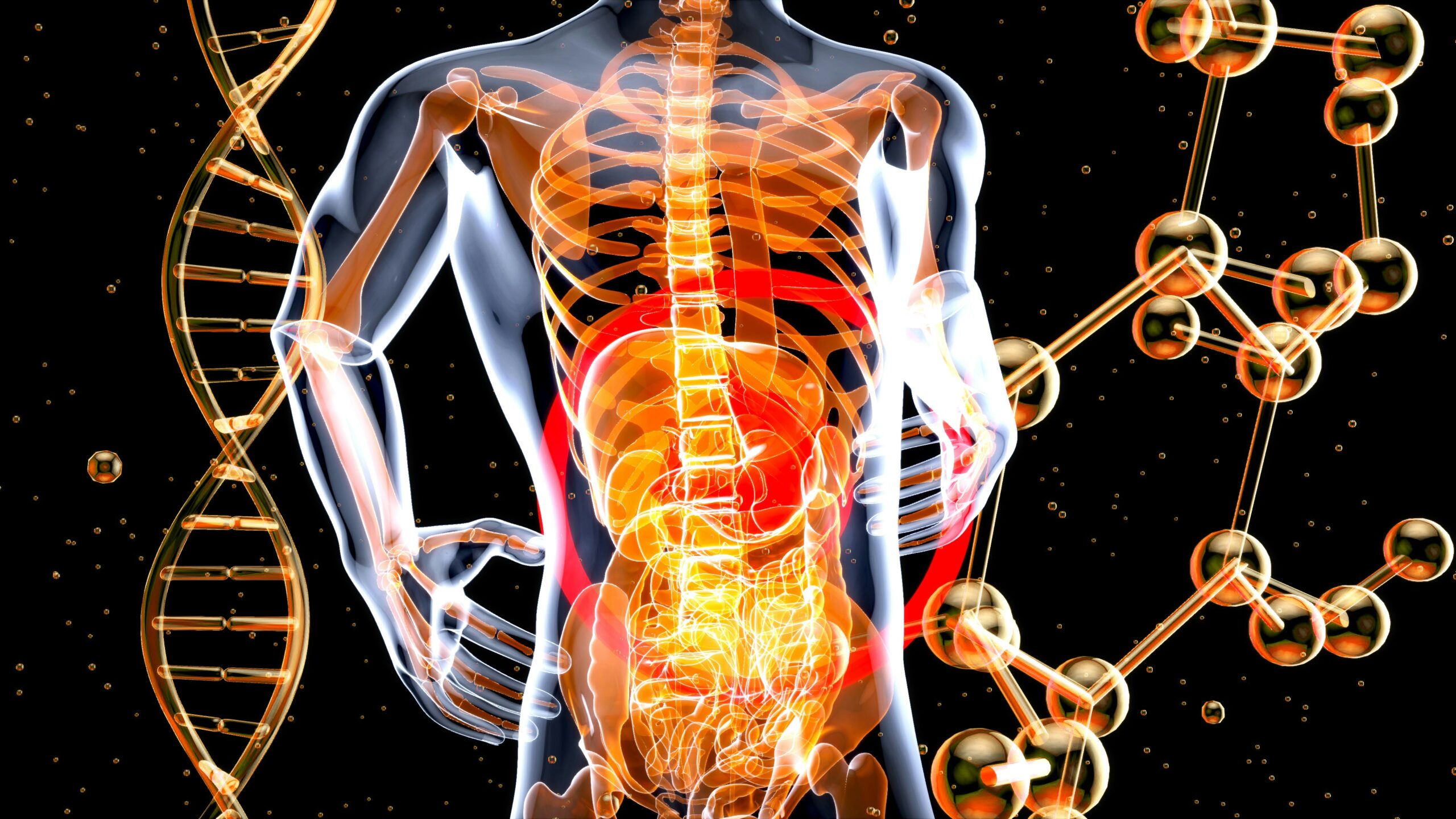
Whiplash is a common injury that typically occurs after a sudden jerking motion of the neck, often due to car accidents or sports injuries. One of the primary concerns in the recovery process is restoring the spine’s alignment, mainly the cervical spine (neck region). Proper spinal alignment is crucial in whiplash recovery as it reduces pain, improves mobility, and prevents long-term issues. In this article, we will explore the importance of spinal alignment, the methods used to achieve it, and how it contributes to a successful recovery from whiplash.
Understanding Whiplash and Its Impact on the Spine
Whiplash occurs when the neck is suddenly forced into a rapid back-and-forth motion, causing strain on the muscles, ligaments, and tendons surrounding the cervical spine. The impact can lead to misalignment of the vertebrae in the neck, which often results in pain, stiffness, and a limited range of motion. As a result, whiplash can lead to headaches, dizziness, and even nerve pain. Consequently, the spine must be carefully assessed and treated to restore proper alignment and promote healing.
The cervical spine is essential in supporting the head and facilitating its movement. When whiplash occurs, the muscles and ligaments in the neck become overstretched or torn, and the vertebrae may be displaced. This misalignment of the spine can cause nerve compression, leading to pain that can radiate to other parts of the body. As a result, addressing spinal alignment during recovery is vital for reducing inflammation, minimizing pain, and ensuring that the body heals properly.
The Role of Chiropractic Care in Spinal Alignment
Chiropractic care is one of the most effective methods for restoring spinal alignment during whiplash recovery. Chiropractors specialize in diagnosing and treating musculoskeletal injuries, particularly those that affect the spine. Through spinal manipulation and adjustments, chiropractors can correct misalignments in the cervical spine, reduce muscle tension, and relieve pain. Chiropractic adjustments are designed to realign the vertebrae, which not only helps to restore normal motion in the neck but also promotes overall spinal health.
Moreover, chiropractic care emphasizes the importance of a holistic approach to healing. Chiropractors often combine spinal adjustments with therapeutic exercises, posture correction, and lifestyle recommendations to accelerate recovery. These methods help to strengthen the muscles surrounding the spine, improve flexibility, and prevent further injury. In addition, regular chiropractic visits during the recovery process can help maintain spinal health and prevent chronic pain from developing. By targeting the root cause of the pain, chiropractic care plays a key role in improving the spine’s alignment and facilitating long-term recovery.
Physical Therapy and Spinal Rehabilitation
In addition to chiropractic care, physical therapy is another essential component of whiplash recovery. Physical therapists focus on restoring movement, strength, and flexibility to the muscles and joints, which are often weakened or restricted after a whiplash injury. A physical therapist will develop a personalized treatment plan that includes exercises designed to improve the mobility of the neck and reduce stiffness. These exercises help stretch the neck and upper back muscles, strengthen the supporting muscles, and restore normal function.
Furthermore, physical therapy often includes massage therapy, heat and cold therapy, and electrical stimulation to reduce inflammation and promote healing. These therapies can complement the spinal alignment efforts made by chiropractors, providing additional support for the recovery process. For example, massage therapy can help relax tight muscles and improve blood circulation, critical for healing damaged tissues. By working together, physical therapists and chiropractors can offer a comprehensive approach to whiplash recovery, ensuring the spine is aligned correctly and functioning as it should.
Posture Correction and Long-Term Spinal Health
Posture plays a significant role in the recovery process. Maintaining proper alignment throughout the healing is essential. Poor posture can exacerbate the effects of whiplash, putting additional strain on the neck and spine. During recovery, individuals should be mindful of their posture, especially when sitting, standing, or sleeping. Ergonomic adjustments to daily activities can help support the healing process and prevent further misalignment.
For instance, using proper body mechanics while sitting at a desk or working on a computer can reduce unnecessary strain on the neck. Additionally, when sleeping, it’s essential to use a supportive pillow that helps maintain the natural curvature of the cervical spine. Over time, these minor adjustments can significantly affect the overall recovery process. Moreover, practicing good posture habits after recovery can help prevent future injuries and promote long-term spinal health. Consistently following these recommendations will not only aid in the healing of whiplash. But also help individuals maintain a pain-free and active lifestyle in the future.
The Psychological Impact of Spinal Misalignment
In addition to the physical effects of whiplash, there is also a psychological component that can affect recovery. Chronic pain resulting from spinal misalignment can lead to stress, anxiety, and depression. When the spine is out of alignment, it can create a cycle of discomfort that affects physical and mental well-being. Patients may feel frustrated by their limited mobility, leading to helplessness and frustration.
Fortunately, spinal alignment treatment can also positively impact mental health. When the spine is realigned, and the pain is reduced, individuals often experience a boost in their mood and overall well-being. This can be particularly important in breaking the cycle of pain and improving the psychological aspect of recovery. A holistic approach that addresses both the physical and psychological components of whiplash can lead to more effective healing and a faster recovery.
The Importance of Spinal Alignment in Whiplash Recovery
Spinal alignment is a crucial aspect of whiplash recovery. It helps alleviate pain, restore mobility, and prevent long-term complications. Chiropractic care, physical therapy, posture correction, and addressing the psychological effects of spinal misalignment are all essential components of the healing process. By prioritizing spinal health and incorporating various treatment methods, individuals can recover more effectively from whiplash injuries and achieve lasting relief. With the proper care and attention, spinal alignment can lead to a smoother, faster, and more successful recovery journey.